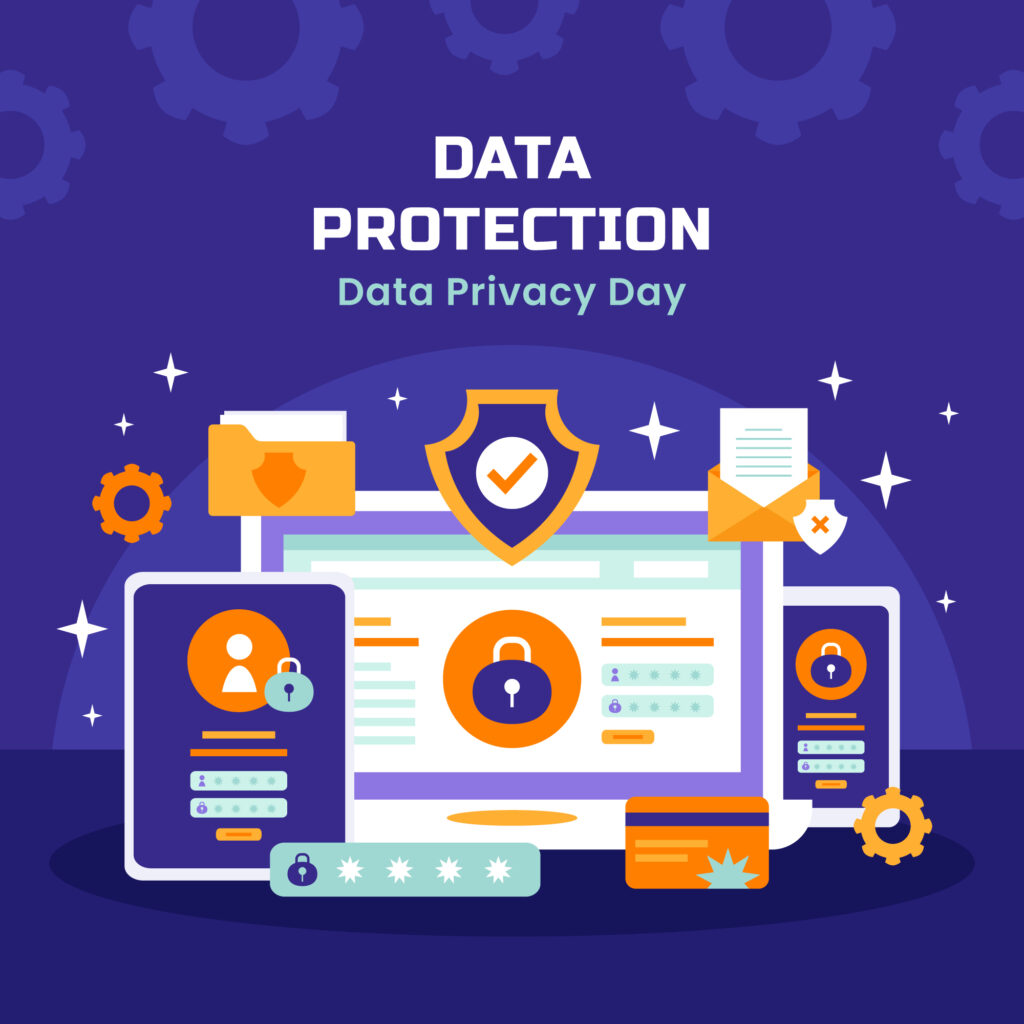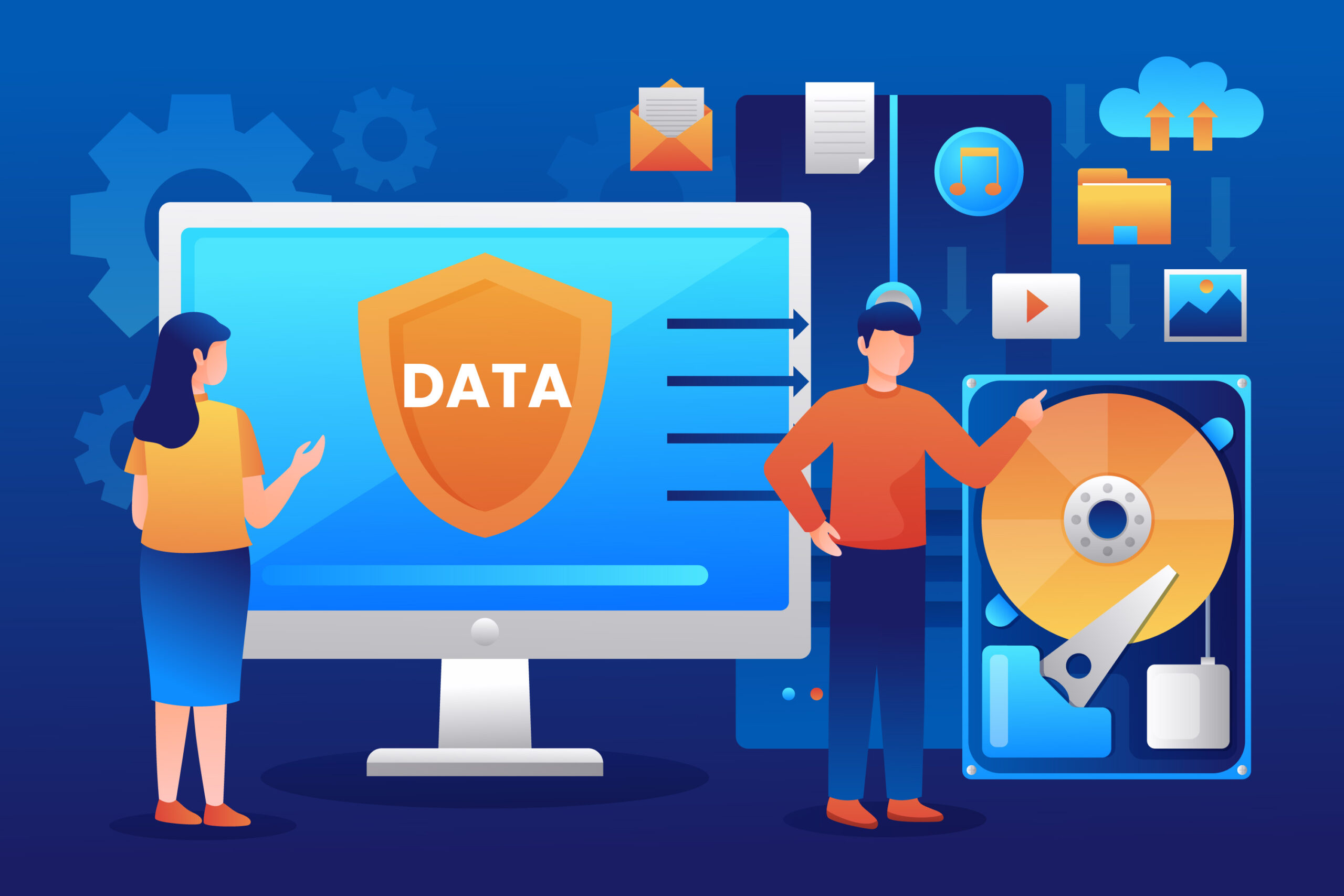The internet of everything is spreading more and more across the physical world that we live in, strengthening network security with it. Importance of Internal Network Security Assessment It identifies the problem areas of a company, eliminates threats and keeps data and systems secure. Vital for cloud9 analytics throughout firms and banks similar to it does well with health providers.
In this guide we will discuss the importance of network security assessments. In this article we will discuss what an internal assessment involves, the guidelines you must follow and also how to mitigate risks. In the end, you would be able to secure your essential data by running a through Security check.

Key Takeaways
- Understand the importance of conducting an internal network security assessment to safeguard your organization’s data and systems.
- Discover the key components of a comprehensive internal security assessment, including vulnerability scanning and penetration testing.
- Learn about compliance and regulatory requirements that may impact your organization’s security assessment process.
- Develop a risk management strategy to identify, analyze, and mitigate potential threats to your internal network.
- Identify the best practices for choosing the right security assessment provider to ensure your organization’s specific needs are met.
Table of Contents
The Importance of Network Security Assessments
In today’s digital world, network security checks are key to protecting an organization’s data and systems. With cyber threats always changing, it’s vital for companies to find and fix their network network security assessment guidelines weaknesses.
Understanding Cyber Threats
Cyber threats include malware, phishing, and more. Hackers use new tactics to find and exploit network weaknesses. cloud9 analytics, cloud 9 analytics help businesses stay ahead of these threats.
The Costs of Data Breaches
Data breaches can cost a business a lot, both financially and in reputation. The average cost in the U.S. is over $8 million. Legal fees, fines, and losing customer trust can hurt a company for a long time. compliance as a service caas pci, ciso as a service pricing can reduce these risks.
Doing regular network security checks helps find and fix weaknesses. This way, an organization can stay safe and avoid the high costs of data breaches.
“Continuous monitoring and assessment of network security is no longer a luxury, but a necessity for businesses of all sizes in today’s digital world.”
Internal Network Security Assessment: A Comprehensive Approach
Doing a detailed internal network security assessment is key to keeping your organization’s important data safe. This thorough check includes planning, collecting data, analyzing it, and making strong suggestions to boost your security assessment internal network.
The first step is planning. You need to figure out what you want to check, set clear goals, and plan a timeline. This careful planning makes sure the check fits your organization’s specific needs and risks.
Next, you gather data about your network. This includes details on how your network is set up, what systems you have, and who can access them. This info is key for the analysis and making good recommendations.
- Vulnerability Scanning: The team will scan your network to find weak spots. These could be old software, wrong settings, or open ports that hackers could use.
- Penetration Testing: Security experts will pretend to be hackers to see how strong your network is. This tells you how well your security works.
The last part of the internal network security assessment is analysis and making recommendations. The team looks at all the data and results from the scans and tests. They’ll spot problems and suggest ways to make your security better.
“A comprehensive internal network security assessment is the foundation for a robust and proactive cybersecurity strategy.”
Using this detailed method for security assessment internal network, companies can learn a lot about their network’s good and bad points. This helps them make smart choices and take strong steps to keep their important stuff safe.
Key Components of an Internal Security Assessment
Conducting such an extensive internal network security audit means that your assets are effectively secured. This means that Mani Deep Check allows you to test the security through finding weaknesses and how securely youre qualified for.
Vulnerability Scanning
Vulnerability scanning simplify step of-checking your network security. It identifies and explains vulnerabilities in your network, apps, as well as systems. Security experts will scan your setup with special tools. They search for lines terrible as antiquated software, improper firewalling settings and accessible entries that the bad guys can utilize.
Penetration Testing
The second phase works by identifying vulnerabilities, and a penetration testing is performed to simulate an attack. They employ their hacking techniques on your systems, its apps and data. This is the rubber-meets-road test of just how strong your network truly is. Shows you where your real security holes might be, so that a genuine 0day does not take advantage of it.
When you put scanning for weaknesses and testing how secure you are together, that gives a completeness of security. This enables your team to concentrate on resolving the largest problems. It makes your network more resilient to a multitude of cyber threats.
| Vulnerability Scanning | Penetration Testing |
|---|---|
| Identifies security weaknesses in the network infrastructure, applications, and systems | Simulates real-world attacks to uncover potential entry points for malicious actors |
| Uses specialized tools to scan the environment for vulnerabilities | Employs ethical hackers trained in the latest hacking techniques |
| Provides a comprehensive view of the organization’s security posture | Helps prioritize and address the most critical weaknesses |

“Protecting your organization’s data and critical infrastructure should be a top priority. A thorough internal security assessment is the first step in identifying and addressing vulnerabilities before they can be exploited.”
Compliance and Regulatory Requirements
When performing a network security check, your familiarity with compliance and regulatory requirements is important. Compliance measures are mandated by companies, especially in specific sectors to safeguard their top-secret data. This helps avoid big fines.
One regulation for merchants housing credit card information is the Payment Card Industry Data Security Standard (PCI-DSS). A network security scan could be used to validate a company is compliant with PCI-DSS regulations. This also involves implementing proper network access controls, performing security assessments regularly and securing data.Ignoring these rules can lead to big legal and financial problems. Not following industry rules can cause big fines, harm a company’s reputation, and lead to legal trouble. A detailed compliance as a service caas pci check can find and fix security gaps. This keeps a company in line with the rules and avoids the high costs of not following them.
A ciso as a service pricing expert is very helpful in dealing with these rules. They know how to help companies follow the rules. This reduces the chance of data breaches or other security issues.
| Regulation | Industry | Key Requirements |
|---|---|---|
| PCI-DSS | Payment Card Industry | Implement strong access controls Regularly monitor and test network security Maintain a secure information system |
| HIPAA | Healthcare | Protect the privacy and security of electronic protected health information (ePHI) Implement physical, technical, and administrative safeguards Ensure the confidentiality, integrity, and availability of ePHI |
| GDPR | European Union | Obtain consent for data collection and processing Provide individuals with access to their personal data Implement appropriate technical and organizational measures to protect personal data |
By focusing on compliance and rules during a network security check, companies can keep their data safe. This also helps them avoid big legal and financial problems from not following the rules.
Developing a Risk Management Strategy

Creating a strong risk management strategy is key to keeping your organization’s internal network safe. It means carefully looking at and understanding the risks that could harm your internal network security assessment.
Risk Identification and Analysis
Starting with a solid risk management strategy means checking out the risks your organization faces. This deep look should cover everything from cyber threats and data breaches to following the rules and the cost of inhouse ciso or an outsourced data protection manager.
By really getting into risk identification and analysis, you’ll see what weak spots your internal network has. This info helps you focus on the biggest problems and use your resources wisely.
| Risk Category | Potential Threats | Likelihood of Occurrence | Potential Impact |
|---|---|---|---|
| Cyber Threats | Malware, phishing, unauthorized access | High | High |
| Data Breaches | Theft of sensitive information, data loss | Medium | High |
| Regulatory Compliance | Failure to meet industry standards and regulations | Medium | High |
Looking closely at risks and their effects lets you make a risk management plan that fits your organization’s needs. This way, you can keep your internal network and data safe.
Choosing the Right Security Assessment Provider
Choosing the right provider for an internal network security assessment is key. The skills and experience of the team can greatly affect how well they find and fix security issues. This ensures your data and infrastructure stay safe over time.
Evaluating Expertise and Experience
Develop and professionalise their competences. Choose a team with proven security validations This requirement extends to understanding the current cyber threats and following best practices.
They need the proper level of technical skills and certifications for this industry. Ensure those services are relevant to your business
If they do, checking their case studies and client testimonials will tell you a lot about what these agencies can offer. Ask how they work with clients, discuss their communication style and see if they can turn technical information into actionable steps for you to apply — this is key. This way you can better understand how they could improve your security concerns.
FAQ
What is an internal network security assessment?
An internal network security assessment checks an organization’s IT setup and systems for weaknesses. It aims to find risks and improve cybersecurity to prevent data breaches.
Why is conducting an internal network security assessment important?
These assessments are key for several reasons. They show an organization’s security level, find weak spots, and help make a plan to fix them. Regular checks also help meet legal standards and avoid the costs of data breaches.
What are the key components of an internal network security assessment?
Key parts include checking for vulnerabilities, testing how secure the network is, and reviewing security rules and controls. These steps help find network weaknesses and suggest ways to make security better.
How does an internal network security assessment help with compliance?
These assessments are vital for following laws and standards, like PCI-DSS or HIPAA. They spot security gaps and guide on how to close them, helping organizations stay compliant.
How do I develop an effective risk management strategy based on the internal network security assessment findings?
First, list and study the risks found in the assessment. Then, sort them by how likely and how big an impact they could have. Finally, make plans to fix the most critical issues. This might mean adding new security steps, improving current ones, or getting help from experts.
How do I choose the right security assessment provider?
Pick a provider based on their skills, experience, and services. Look for ones with a good history in doing these assessments and knowing your industry’s laws. Consider using a specialized provider or a virtual CISO for extra knowledge and solutions.

